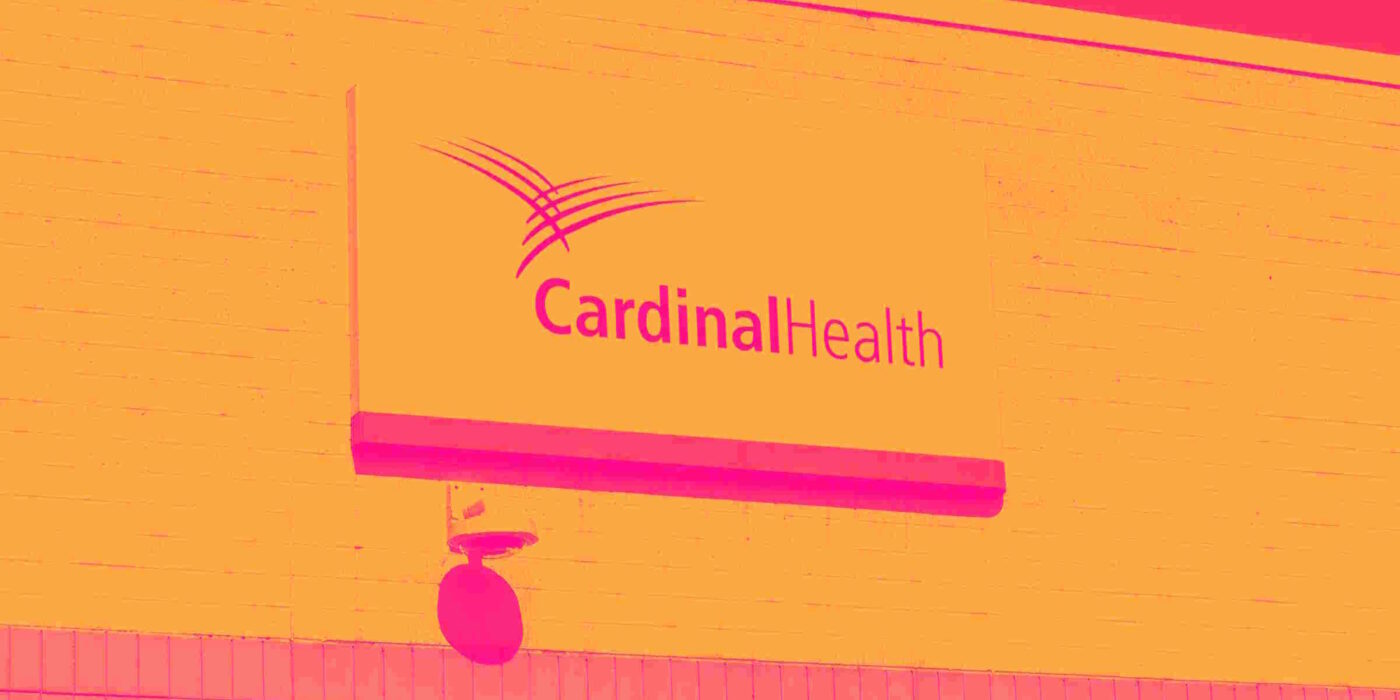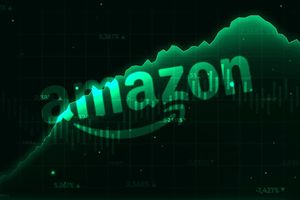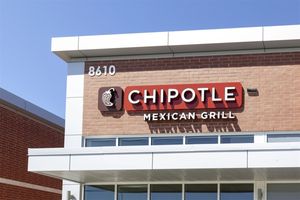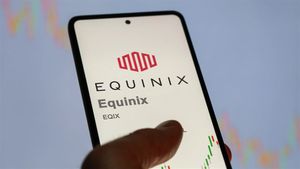
Healthcare distributor and services company Cardinal Health (NYSE: CAH) reported Q3 CY2025 results topping the market’s revenue expectations, with sales up 22.4% year on year to $64.01 billion. Its non-GAAP profit of $2.55 per share was 17.3% above analysts’ consensus estimates.
Is now the time to buy CAH? Find out in our full research report (it’s free for active Edge members).
Cardinal Health (CAH) Q3 CY2025 Highlights:
- Revenue: $64.01 billion vs analyst estimates of $59.36 billion (22.4% year-on-year growth, 7.8% beat)
- Adjusted EPS: $2.55 vs analyst estimates of $2.17 (17.3% beat)
- Adjusted EBITDA: $986 million vs analyst estimates of $844.3 million (1.5% margin, 16.8% beat)
- Management raised its full-year Adjusted EPS guidance to $9.75 at the midpoint, a 3.7% increase
- Operating Margin: 1%, in line with the same quarter last year
- Market Capitalization: $45.11 billion
StockStory’s Take
Cardinal Health’s third quarter performance prompted a positive market reaction, as the company delivered broad-based growth across all five operating segments. Management pointed to robust demand in its Pharmaceutical and Specialty Solutions segment, supported by new customer wins and continued strength in specialty pharmaceuticals, generics, and consumer health. CEO Jason Hollar highlighted meaningful contributions from the company’s MSO (Management Services Organization) platforms and bio-pharma solutions initiatives, while also noting the successful integration of recent acquisitions like ADS. CFO Aaron Alt attributed profit gains to cost controls, volume growth, and ongoing efficiency measures throughout the distribution network.
Looking ahead, Cardinal Health’s updated guidance reflects confidence in sustained demand trends, further specialty segment expansion, and anticipated benefits from the Solaris Health acquisition. Management expects specialty platforms—including autoimmune, urology, and oncology—to deliver double-digit growth, supported by investments in supply chain capacity and automation. CFO Aaron Alt emphasized that the company’s forecast assumes continued strong generics performance and additional upside from M&A, while cautioning that tariff headwinds and integration costs may impact some segments. As Hollar stated, "We will continue to deliver our unmatched breadth of capabilities to meet the evolving needs of our customers and patients."
Key Insights from Management’s Remarks
Management attributed the quarter’s outperformance to strong specialty demand, successful acquisitions, and operational investments, while highlighting resilience in core and growth businesses.
-
Specialty segment momentum: Demand for specialty pharmaceuticals, particularly in autoimmune, urology, and oncology, outpaced previous trends. Management credited this to both industry dynamics and Cardinal Health’s investments in MSO platforms, which expanded reach and services for community providers.
-
Recent acquisitions fueling growth: The integration of Solaris Health, ADS, ION, and GIA accelerated growth across segments. Management noted that the Solaris acquisition will bring over 750 urology providers onto Cardinal’s Specialty Alliance platform, while earlier realization of synergies from ADS contributed to above-plan performance in at-Home Solutions.
-
Operational efficiency initiatives: The company’s distribution network benefited from investments in automation, new logistics centers, and modernization of core facilities. These efforts increased capacity by 20% and improved service levels for pharmacies and health systems.
-
Generics and biosimilars tailwinds: Cardinal Health’s generics program delivered higher-than-expected unit growth, and management anticipates additional benefits from the upcoming wave of branded drug patent expirations and increased biosimilar adoption, which could drive affordability and access.
-
Growth in higher-margin businesses: The Nuclear and Precision Health Solutions and OptiFreight Logistics units delivered strong revenue gains, supported by secular trends in home healthcare, theranostics (diagnostic and therapeutic products), and technology-driven logistics services.
Drivers of Future Performance
Cardinal Health’s outlook is shaped by continued specialty segment expansion, integration of recent acquisitions, and evolving industry demand trends.
-
Specialty and M&A integration: Management expects the Solaris Health acquisition to accelerate specialty segment growth, adding new providers and enabling further penetration in high-growth therapeutic areas. The timing and execution of onboarding new distribution business from MSO acquisitions will determine the pace of profit contributions.
-
Investments in infrastructure and automation: Planned capital expenditures for logistics centers and automation are intended to support rising demand and improve operational efficiency, but also introduce near-term cost pressures. Management believes these investments are necessary to maintain competitive service levels and meet anticipated volume increases.
-
Tariff and regulatory headwinds: The GMPD segment faces higher expected tariff costs in upcoming quarters, which management aims to offset through cost control and sourcing initiatives. Additionally, evolving healthcare policy and regulatory changes could impact utilization patterns, but management currently views the environment as supportive of continued growth.
Catalysts in Upcoming Quarters
In upcoming quarters, our analysts will closely monitor (1) the pace and success of integrating Solaris Health and other recent acquisitions, (2) the impact of automation and new logistics centers on Cardinal Health’s operational efficiency and service levels, and (3) the ability of higher-margin segments such as Nuclear and Precision Health Solutions to sustain growth. We will also watch for any shifts in tariff-related expenses and regulatory developments that could alter demand patterns.
Cardinal Health currently trades at $190.82, up from $164.58 just before the earnings. At this price, is it a buy or sell? See for yourself in our full research report (it’s free for active Edge members).
Now Could Be The Perfect Time To Invest In These Stocks
Donald Trump’s April 2025 "Liberation Day" tariffs sent markets into a tailspin, but stocks have since rebounded strongly, proving that knee-jerk reactions often create the best buying opportunities.
The smart money is already positioning for the next leg up. Don’t miss out on the recovery - check out our Top 5 Strong Momentum Stocks for this week. This is a curated list of our High Quality stocks that have generated a market-beating return of 183% over the last five years (as of March 31st 2025).
Stocks that made our list in 2020 include now familiar names such as Nvidia (+1,545% between March 2020 and March 2025) as well as under-the-radar businesses like the once-small-cap company Exlservice (+354% five-year return). Find your next big winner with StockStory today.
StockStory is growing and hiring equity analyst and marketing roles. Are you a 0 to 1 builder passionate about the markets and AI? See the open roles here.





